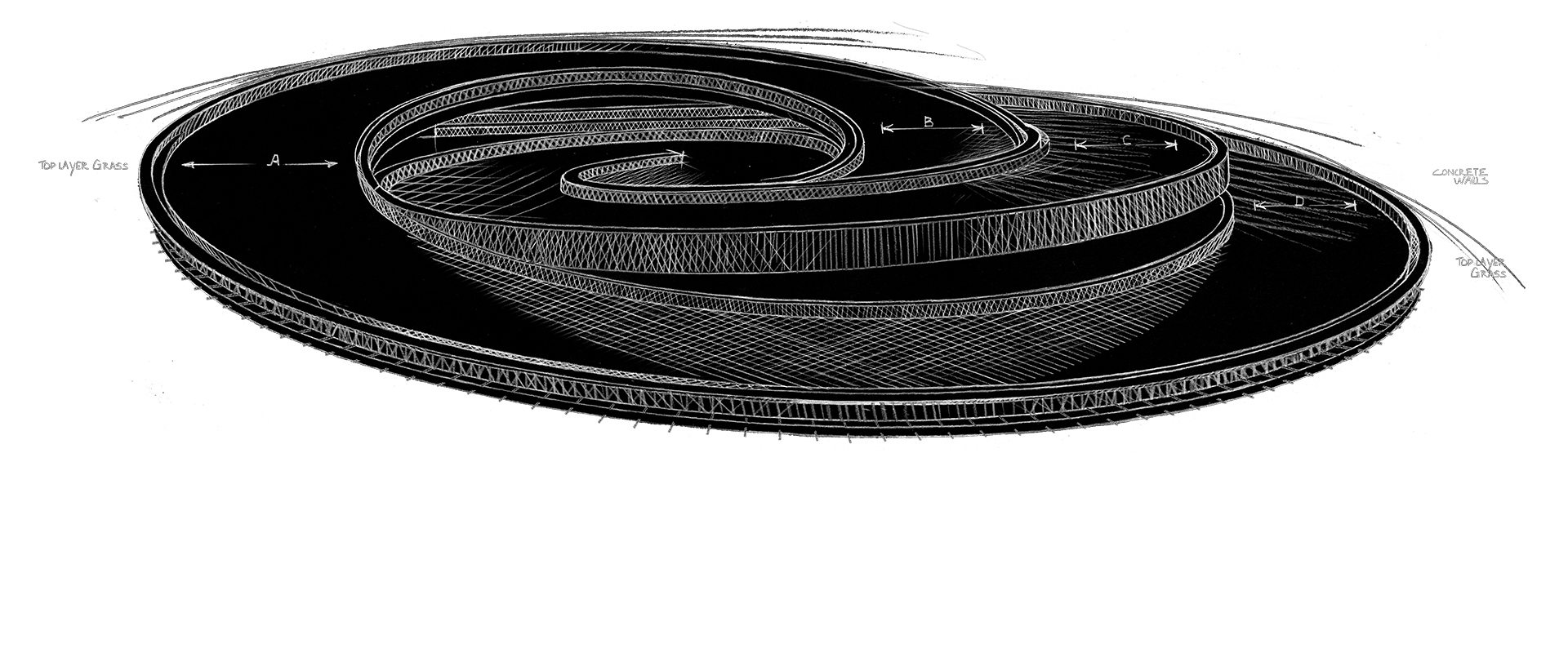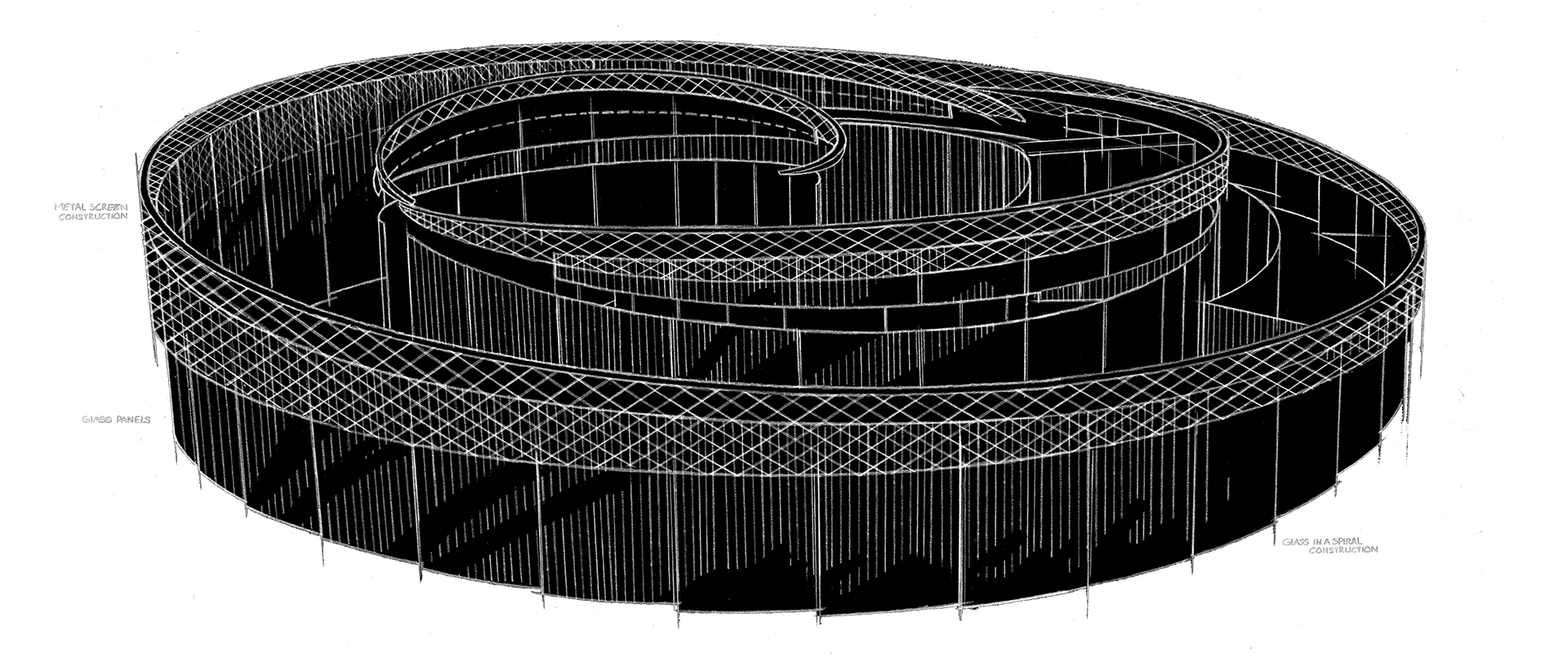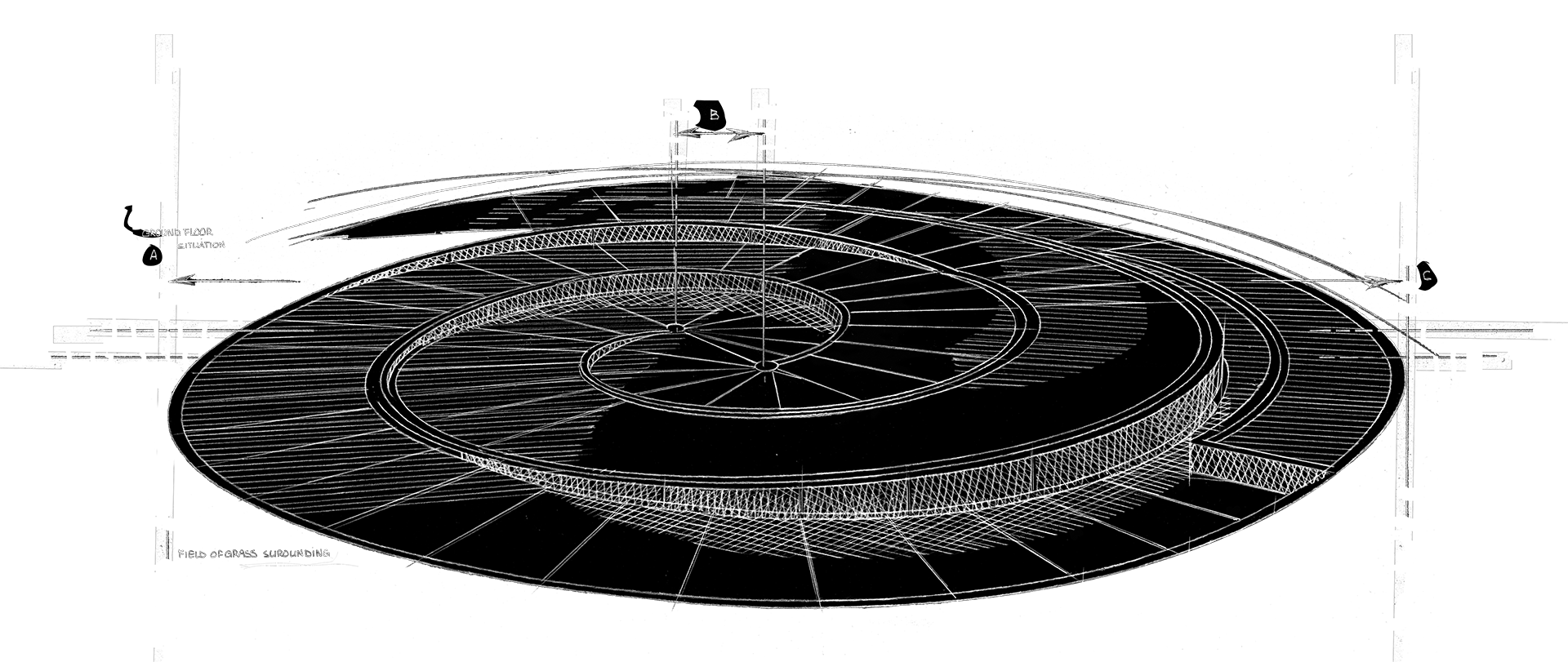Tradition & Forward Thinking

The Musée Atelier immerses visitors in Audemars Piguet’s cultural universe past, present and future.
A space of live crafts and encounters, it embodies the Manufacture’s devotion to the perpetuation of Haute Horlogerie in the Vallée de Joux and beyond.
The Musée Atelier links the original house where Jules Louis Audemars and Edward Auguste Piguet set business in 1875 to a glass spiral-shaped pavilion designed by Bjarke Ingels Group (BIG). Situated in this contemporary glass building, the main exhibition presents some 300 timepieces spanning over 200 years of watchmaking history in the Vallée de Joux.
The Spiral
The Musée Atelier’s spiral-shaped pavilion, designed by Bjarke Ingels Group (BIG) and realised by the Swiss architecture office CCHE, rises on walls of curved structural glass. It is the first construction of its kind to be built at such altitude. A feat of engineering and design.
Watchmaking like architecture is the art and science of imbuing metals and minerals with energy, movement, intelligence and measure to bring them to life in the form of telling time.
Bjarke Ingels
BIG Founder and Creative Director



Steel Roof
Entirely supported by curved glass, the steel roof coils in the air in the manner of a mystery watch. Covered with local grass, this steel spiral overlooking the valley’s meadows helps regulate temperature, while absorbing water.
Glass Walls
The Musée Atelier rises from the ground on walls of curved glass, offering a remarkable window onto the pristine landscape that has inspired generations of watchmakers. 108 unique structural glass panes, up to 12 cm thick and combining up to 7 layers, hold the 470-ton steel roof. A brass mesh runs along the external surface to regulate light and temperature.
The Floor
The terrazzo floor adorned with stones from the Vallée de Joux follows different slants to adapt to the natural gradient of the land. Following the curved glass walls, the museum path converges clockwise towards the spiral’s centre before unwinding in the opposite direction: visitors travel through the building as they would through the spring of a timepiece.
The Museography
To offer visitors a diverse experience with crescendos, highpoints and contemplative moments, German scenographer ATELIER BRÜCKNER imagined the composition of the exhibition as a musical score.
Partitura
Showcases after showcases, masterpieces of complication and design are brought to life like notes of a musical score.
The Climax
The visit culminates at the centre of the spiral with the display of Grandes Complications. Inspired by the solar system, the spherical showcases orbit around the Universelle (1899)—one of Audemars Piguet’s most complicated watches ever produced.
Interludes
Sculptures, automata, kinetic installations and mock-ups of mechanical movements give rhythm to various aspects of horological technique and design presented throughout the museum.
Experience
Visitors are invited to try their hands at some of the ancestral techniques perpetuated by Audemars Piguet, such as satin brushing and circular graining.
The Musée Atelier was born from a dream: create a living museum capable of transmitting the passion, energy, talent and creativity of the women and men who have been writing Audemars Piguet's legacy since 1875.
Sebastian Vivas
Heritage and Museum Director
The Historical House
The Swiss architecture office CCHE worked hand in hand with local artisans and Audemars Piguet’s Heritage Department to recover the vernacular architecture of the company’s oldest building dating of 1868.
The renovation was based on a thorough study of archival materials, including this postcard from 1907 showing the historical house where Audemars Piguet debuted.
The Musée Atelier links Audemars Piguet’s historical house to the new spiral designed by BIG.
Restoration Atelier
The workshop where Jules Louis Audemars and Edward Auguste Piguet set business in 1875 was entirely restored thanks to a sensitive design and construction intervention.
Discover the AtelierIt is there that a handful of highly specialised watchmakers restore antique timepieces to their original condition.
Register Room
Since 1882, all the watches produced by Audemars Piguet and their points of sale have been manually listed in production registers – a tradition that the Manufacture has perpetuated despite the digitalisation of its production inventory.



